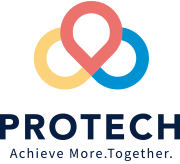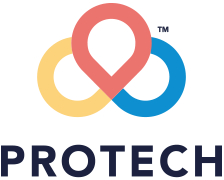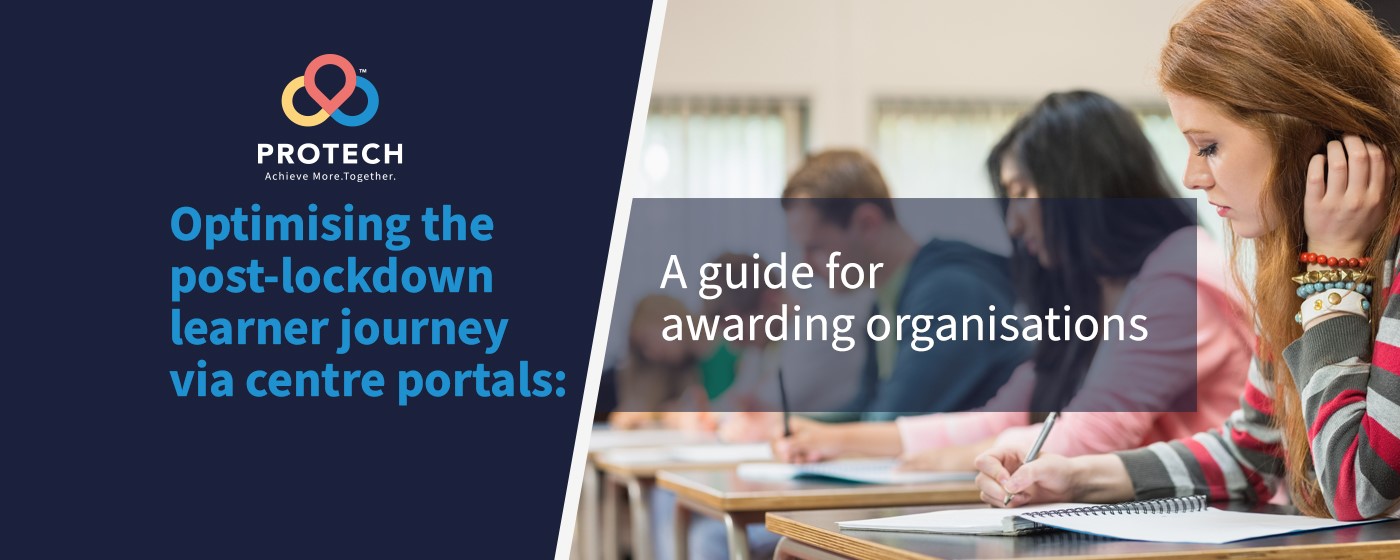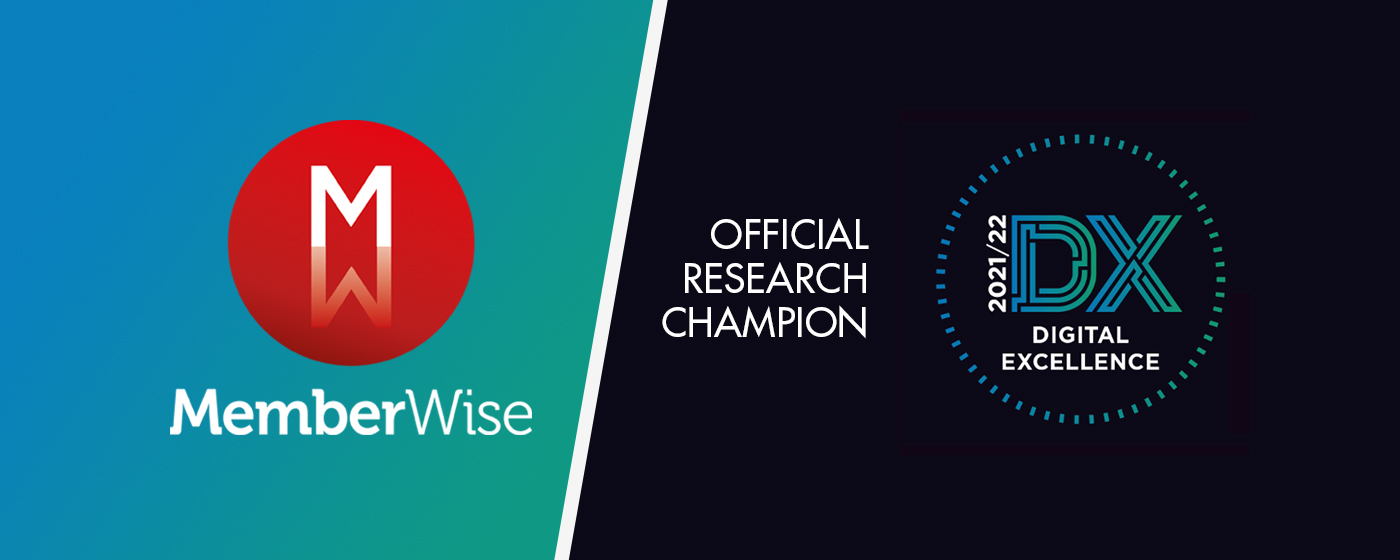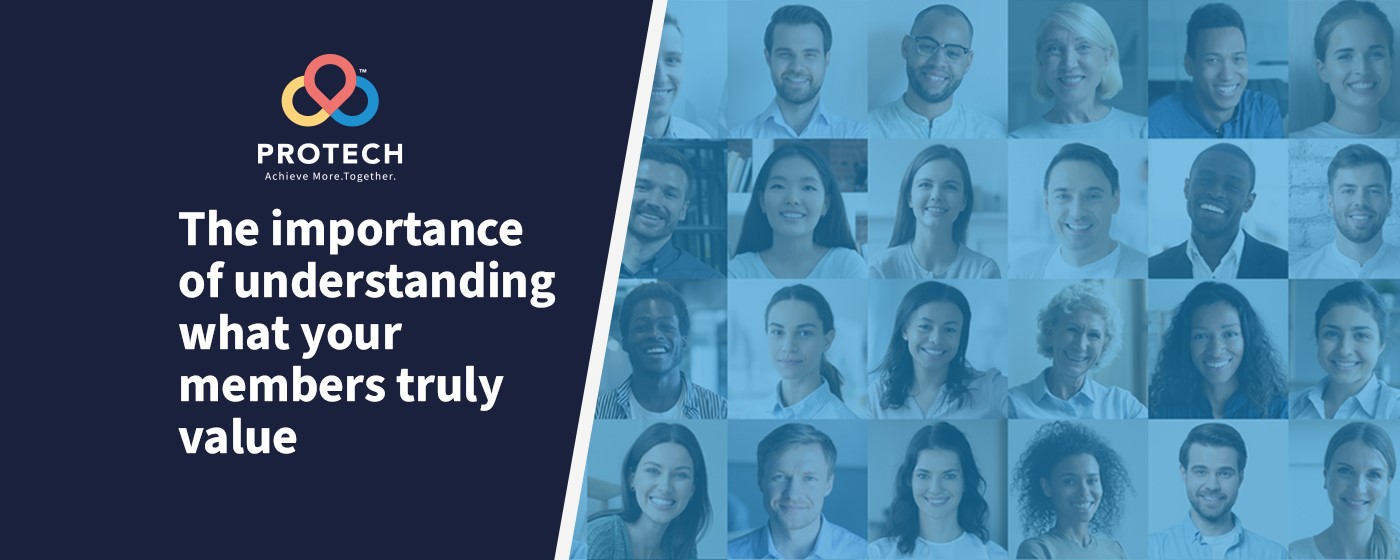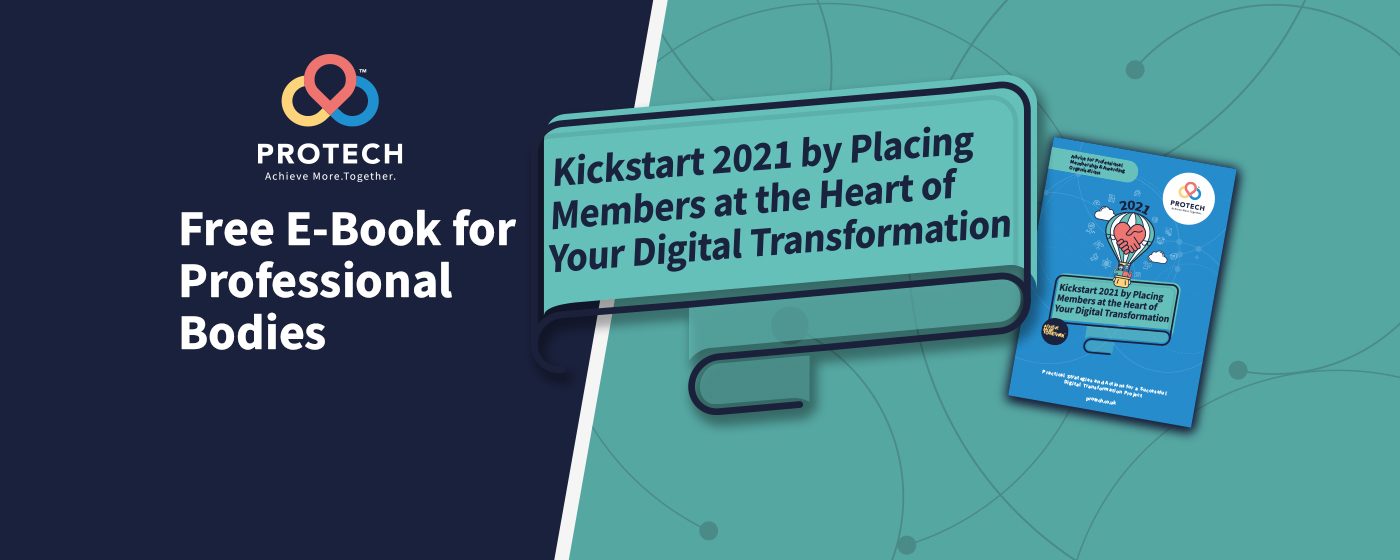‘Can you identify with the findings of a ProTech Lean3s case study conducted with a UK professional body?’
By Jenny McTiernan, COO, ProTech –
Part One:
For over 20 years ProTech has been supporting clients in the ‘Not for Profit’ (NFP) sector by enabling them to transform their people, process and technology capability by deploying our Lean3S methodology.
ProTech’s Lean3S is a methodology that brings together our change management experience with our knowledge of the NFP sector and blends this with proven business transformation methods based on Lean, Systems Thinking and Neuro-Linguistic Programming (NLP) techniques. Lean3S allows NFPs to transform their organisation by reducing operating costs, increasing member and staff satisfaction and driving up revenue.
Understand what matters to your customers
Key to Systems Thinking is the ability to take an ‘outside in’ view of your organisation and a starting point is to understand ‘what matters’ to your customers. In this case study we identified a selection of people who worked within the profession represented by our professional body client and asked them the following questions:
1. Did they know of any established professional bodies which supported their profession and who they were
2. What would they value from such a professional body
3. If they already belonged to a professional body, what did they most value about this relationship?
These three very simple questions resulted in some interesting findings. Firstly, 60% of the professionals we engaged with via e-mail and social media had never heard of the professional body that we were working with and 46% already belonged to a competitor body!
When asked what they would value from a professional body responses were as follows:
Networking opportunities.
High quality training – both specific and complimentary
Accreditation pathways
Live coaching via webchat
High quality work templates
Practical, contextual support and advice
Community based peer support
Continuous professional development (CPD).
Yet these services did not form part of our professional body client’s strategy! The professional body’s focus was around developing a broader range of qualifications, without a real grasp of its members needs in terms of CPD. Neither did it provide a process to help them find out more about CPD options.
Respondents particularly wanted the opportunity to participate in virtual coaching and conversations with other practitioners, but our client offered no facilities for members to identify other members, or to engage with their peers, other than via the annual conference, not an appropriate venue to seek solutions to real time problems.
You get what you count
Dr W Edwards Deming – a visionary whose tireless quest for the ‘truth’ and unwavering belief in ‘continuous’ improvement led to a set of transformational theories and teachings that changed the way we think about quality, management and leadership. Deming rightly places massive emphasis on measuring those things that tell us the extent to which we are delivering what actually matters to our customers. “You get what you count,” Deming said. So be sure you are counting the right things.
The starting point in counting the right things is to understand the nature of customer demand. ProTech spent time in the our professional body client’s contact centre, listening in to telephone calls, reviewing e-mails and talking to its staff.
Moments of Truth – Understanding Customer Demand
We examined a representative sample of customer (in this case, member) demand. We discovered a variety of demands including:
You are chasing for my renewal but my company has already paid.
Can you re-send my renewal invoice to this person?
How much does it cost to join?
I’ve passed the qualification am I now entitled to membership?
How do I update my details?
My membership has lapsed, here’s my application to be reinstated.
I have not received…… (Lots of these).
Various issues around completing online user journeys such as event booking and subscription renewals.
And a personal favourite, an e-mail stating: I can’t log-on to your website and you don’t take calls anymore, can you help me to pay for my membership!
An analysis of member demand revealed that 70% of all customer/member requests were not of value to the customer/member or to the organisation, i.e. they were waste work.
Muda (a Japanese word meaning ‘futility, uselessness, wastefulness) is an effective way to increase profitability and is a key concept, in the now often referred to Toyota Production System (TPS), describing Toyota’s approach to manufacturing. Within TPS there are seven types of waste work one of which is ‘over processing’. With Lean3S over processing relates to preventable customer demand.
The analysis of our professional body client’s customer/member demand revealed that 100% was preventable simply by doing ‘something’ better or differently.
Consider the efficiency gains achievable by removing this waste work. In our client’s case there were ten full time staff processing these requests who were fully aware that the customer/member demand was often created by the organisation itself.
I think we would all agree that the majority of people come to work to do a good job. However, as Deming said, “a bad system will beat a good person every time.”
What Matters – to our staff?
Given that we know that staff satisfaction drives customer/member satisfaction, we also wanted to understand what it was like to work within our client’s organisation and how engaged its staff were. We talked to its employees and they were surprisingly eager to share and engage with us.
Much of the feedback we received was very positive in terms of the team enjoying working with their colleagues. There were high levels of motivation within the team and a strong sense that ‘we are all in this together’.
Interestingly, the general view was that the main reason for this was that the work itself was so soul destroying the team leant on each other for moral support!
There was a strong sense of ‘them and us’ between staff and managers, with staff seeing the managers’ role being to control staff, read reports and set targets. The managers saw their role as being to manage people and ensure their teams hit their targets therefore avoiding attracting the attention of senior managers.
There were a number of urban myths such as staff believing that international calling was barred in case they abused the system. In fact, this was because the feature had been disabled following an external hacking incident in which the telephone system was hijacked to place international calls.
Team leaders reviewed the member demand as it arrived by e-mail and assigned it based on the perceived priority. The team had no understanding of the reason for this approach.
Staff training was patchy. To some extent, performance measures were shared with staff but these were mainly based on customer/member satisfaction scores.
Procedures were documented to a very detailed level by team leaders. However staff commented that they did not really reflect what members were actually asking for so they tended not to refer to them. They kept them out on their desks to create the impression that they were being used as they were very conscious that team leaders had spent a lot of time writing and updating them.
There was very little understanding of what other departments did within the organisation. Employees working within the training centres offering the organisation’s qualifications were given information about those qualifications, but this information was not shared with those employees who talked to members on a daily basis.
There was a very strong sense of wanting to help members. The telephone manner was extremely professional and helpful, with employees frequently calling members back to avoid them having to wait a long time for an issue to be resolved. This resulted in high volumes of outbound calls.
Counting what counts
Deming also said, “In God we Trust – everyone else bring data.” He was also very specific that management should not attempt to manage organisations on figures alone and that any measure must be the right measure.
This ProTech case study first appeared in the Lean Management Journal
Look out for Part Two of this case study.
